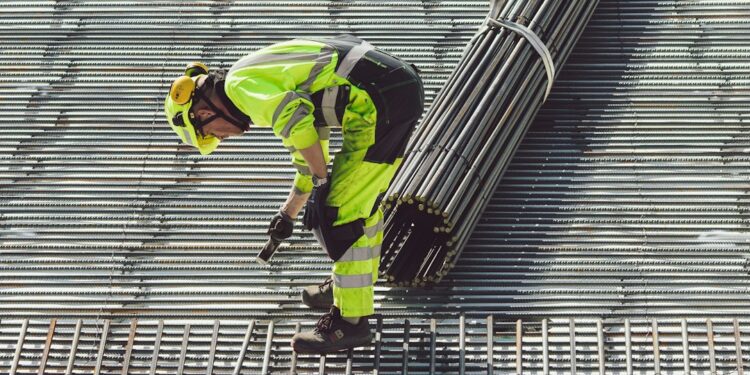Building a Sustainable Future: Engineering Solutions for Climate Change
Climate change is one of the biggest challenges humanity faces today. The Earth’s temperature is rising at an alarming rate, leading to adverse effects such as extreme weather events, rising sea levels, and the loss of biodiversity. To combat these issues and build a sustainable future, engineers are at the forefront of developing innovative solutions that can mitigate the impact of climate change.
One of the key areas where engineering has made significant contributions is renewable energy. Traditional energy sources such as fossil fuels contribute to the greenhouse gas emissions that drive climate change. However, engineers have been working tirelessly to harness the power of renewable energy sources such as solar, wind, and hydroelectric power. Solar panels, for instance, have become more affordable and efficient over the years, making it a viable option for homes and businesses to generate clean electricity. Engineers are also developing advanced wind turbines that can generate electricity even in low wind conditions and harnessing the power of ocean waves and tides for sustainable energy production.
Another aspect of building a sustainable future lies in creating energy-efficient buildings and infrastructure. Engineers have been instrumental in designing and constructing green buildings that are designed to minimize energy consumption and reduce the overall carbon footprint. These buildings incorporate various features such as efficient insulation, natural lighting, and smart energy management systems. Additionally, engineers are working on developing sustainable infrastructure solutions such as intelligent transportation systems that reduce congestion and promote the use of public transportation.
Water scarcity is a significant issue exacerbated by climate change in many regions worldwide. Engineers are working on innovative solutions to address this problem. One example is the development of efficient water purification and desalination technologies that can provide clean and safe drinking water. Additionally, engineers are also exploring methods to maximize water conservation through sustainable irrigation systems and rainwater harvesting.
Transportation is another sector in dire need of sustainable solutions. Engineers are actively researching and developing electric vehicles to replace conventional, polluting vehicles. Electric vehicles not only reduce greenhouse gas emissions but also help reduce air pollution in urban areas. Furthermore, engineers are working on autonomous vehicles and intelligent transportation systems that can reduce traffic congestion and optimize fuel efficiency.
In the agricultural sector, engineers are developing sustainable farming methods to ensure food security while minimizing environmental impact. Methods such as precision farming utilize advanced technologies such as GPS, remote sensing, and drones to optimize crop yields while reducing the use of water, fertilizers, and pesticides. Additionally, engineers are also exploring alternatives to animal-based protein sources and developing plant-based alternatives to reduce the carbon footprint of the food industry.
To build a sustainable future, it is crucial to address waste management and recycling. Engineers are designing efficient waste management systems that emphasize recycling and waste-to-energy conversion. Advanced technologies are being developed to convert organic waste into biogas, which can be used as a renewable source of energy. Additionally, engineers are finding innovative ways to recycle plastics, electronics, and other materials to reduce the accumulation of waste in landfills and oceans.
The engineering community plays a critical role in combating climate change and building a sustainable future. Through their expertise and innovation, engineers are developing solutions that can mitigate the impact of climate change and create a more resilient society. However, building a sustainable future requires collective effort, and it is essential for governments, businesses, and individuals to support and embrace these engineering solutions to ensure a prosperous, healthy, and sustainable future for generations to come.















